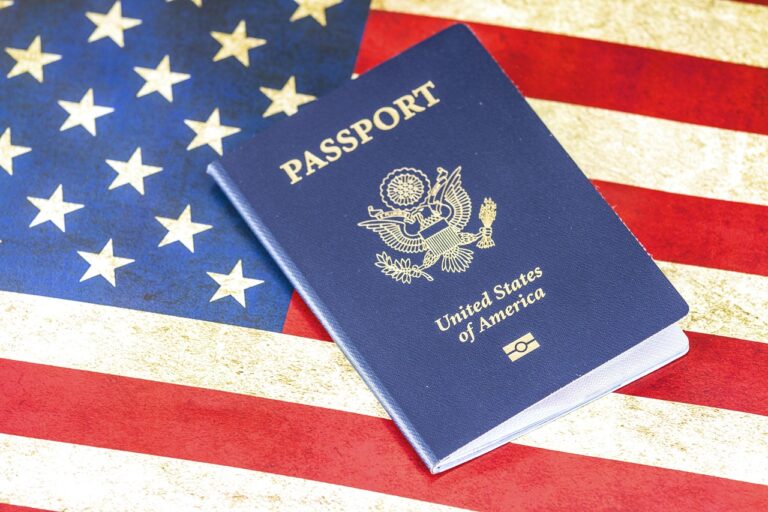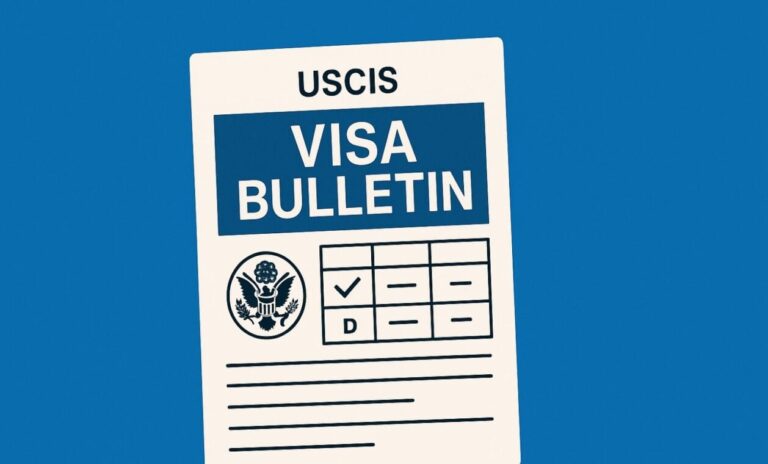On October 2, 2024, U.S. Citizenship and Immigration Services (USCIS) announced significant updates to its Policy Manual regarding the EB-1 visa category for individuals with extraordinary ability. These changes aim to clarify existing criteria and provide greater flexibility for applicants seeking permanent residency under this prestigious immigrant visa classification. The updates reflect USCIS’s efforts to align its adjudication processes with regulatory language while addressing feedback from stakeholders.
In this article, we’ll explore the details of these changes, their implications for EB-1 applicants, and how they may impact the petition process.
What Is the EB-1 “Einstein” Visa?
The EB-1 visa is a first-preference immigrant visa category reserved for individuals who demonstrate extraordinary ability in their field of expertise. It is commonly sought by professionals in fields such as science, arts, education, business, or athletics. To qualify, applicants must provide evidence of sustained national or international acclaim and prove that their achievements place them among the top individuals in their field.
The EB-1 category requires applicants to meet at least three of ten listed criteria or provide comparable evidence if the listed criteria do not apply directly to their field. USCIS evaluates each petition holistically to determine whether the applicant meets the extraordinary ability standard.
Key Changes to the EB-1 Policy Manual and what it means for you
1. Team Awards Now Accepted
One of the most notable updates is USCIS’s decision to accept team awards as evidence under the criterion for “lesser nationally or internationally recognized prizes or awards for excellence in the field of endeavor.” Previously, USCIS focused on individual awards when evaluating this criterion. However, many fields—such as scientific research and performing arts—rely heavily on collaborative efforts where recognition is given to teams rather than individuals.
Under the new guidance, applicants who contributed significantly to a group effort that received a prestigious award may use this as evidence of extraordinary ability. For example:
- A scientist who was part of a research team that won a Nobel Prize.
- An actor who starred in a film that won an Academy Award.
- VC funding and grants for your startups.
This change acknowledges the collaborative nature of many professions and provides an avenue for individuals whose contributions were integral to team successes.
2. Past Memberships Now Count Toward Eligibility
USCIS clarified that past memberships in organizations requiring outstanding achievements can satisfy the membership criterion. Previously, there was ambiguity about whether only current memberships were acceptable.
This update benefits applicants who were previously members of exclusive organizations but are no longer active members due to career changes or other circumstances. For example:
- A retired athlete who was once a member of an elite sports organization.
- A scientist who was previously part of a professional society requiring exceptional contributions.
- An entrepreneur who was part of elite accelerators like YC, 500Startups, and TechStars in his previous startup.
By recognizing past memberships, USCIS expands opportunities for individuals with historical achievements to qualify under this criterion.
3. Published Material Criterion Simplified
The updated guidance removes restrictive language suggesting that published material about an applicant must explicitly demonstrate the value of their work or contributions. Instead, published material now simply needs to mention the applicant in connection with their achievements.
This change reduces the evidentiary burden on applicants and makes it easier for individuals whose work has been widely covered in media or academic publications to meet this requirement. For example:
- A musician featured in interviews about their performances.
- A researcher mentioned in articles about groundbreaking studies.
- An article that mentioned the works and innovations of an entrepreneur.
While applicants still need to demonstrate how the published material relates to their extraordinary ability, this clarification ensures that adjudicators focus on relevance rather than overly narrow interpretations.
4. Artistic Exhibitions Defined
USCIS provided clarity regarding what constitutes “exhibitions” under the artistic criterion. The policy now specifies that exhibitions refer specifically to artistic showcases or displays. Non-artistic exhibitions—such as scientific presentations—do not qualify under this criterion but may still be considered as comparable evidence if properly supported.
This clarification ensures consistency in adjudicating claims related to artistic versus non-artistic fields. For example:
- An artist whose work was displayed at a renowned gallery would qualify under this criterion.
- A scientist presenting research at a conference would need to submit comparable evidence demonstrating extraordinary ability.
By distinguishing between artistic and non-artistic exhibitions, USCIS provides clearer guidance for applicants and adjudicators alike.
Implications of These Changes
Increased Flexibility
The updates provide greater flexibility for petitioners by broadening the scope of acceptable evidence. For instance:
- Team awards allow individuals with collaborative achievements to qualify.
- Recognition of past memberships ensures that historical accomplishments are not overlooked.
- Simplified requirements for published material reduce barriers for applicants whose work has been widely recognized but not explicitly analyzed in publications.
Streamlined Adjudication Process
By clarifying definitions and removing restrictive language, USCIS aims to streamline its adjudication process and ensure consistency across cases. Applicants can now focus on presenting strong evidence without worrying about overly narrow interpretations of policy criteria.
Encouragement for Diverse Fields
These changes reflect USCIS’s acknowledgment of the diverse ways in which extraordinary ability can manifest across different professions. Whether through team efforts, historical recognition, or artistic showcases, individuals from various fields now have more pathways to demonstrate eligibility for an EB-1 visa.
Effective Date
The updated guidance took effect immediately on October 2, 2024, and supersedes any prior related policies on EB-1 extraordinary ability criteria. Applicants submitting petitions after this date should ensure their documentation aligns with the revised standards.
What Should EB-1 Applicants Do?
If you’re planning to apply for an EB-1 visa based on extraordinary ability, it’s important to review these updates carefully and adjust your petition strategy accordingly. Here are some tips:
- Leverage Team Awards: If you’ve contributed significantly to a group effort that received recognition, highlight your role and provide supporting documentation.
- Include Past Memberships: Don’t overlook memberships in exclusive organizations from earlier career stages.
- Focus on Published Material: Gather articles, interviews, or other media coverage mentioning your achievements—even if they mention you without explicitly analyzing your contributions.
- Clarify Artistic Exhibitions: If your field involves artistic work, ensure your exhibitions meet USCIS’s clarified definition. If your field does not involve artistic exhibition, ensure your attorney has all relevant information to determine if your evidence qualifies.
Consulting with an experienced immigration attorney and representative can help you navigate these changes effectively and maximize your chances of success.
Conclusion
The October 2024 updates to the EB-1 Policy Manual mark an important step toward modernizing USCIS’s approach to evaluating extraordinary ability petitions. Expanding evidentiary options and clarifying key criteria make it easier for talented individuals across diverse fields to pursue permanent residency in the United States.
Whether you’re an artist showcasing your work internationally or a scientist contributing to groundbreaking research teams, these updates recognize the multifaceted ways extraordinary ability can manifest—and open new doors for achieving your immigration goals.
Sources:
USCIS Issues New Guidance on EB-1 Eligibility Criteria for Individuals with Extraordinary Ability





